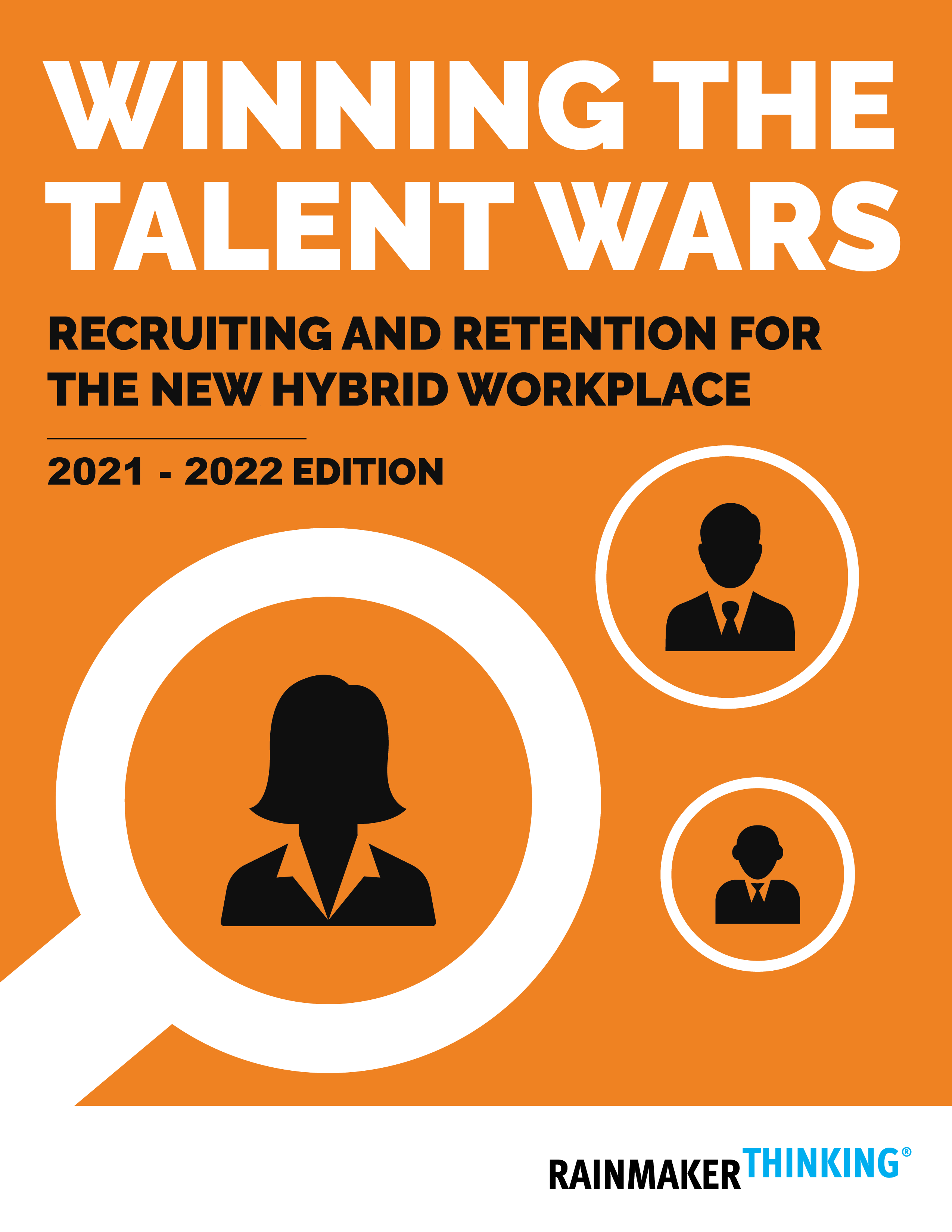Blog
Every manager is a Chief Retention Officer
When people leave their jobs voluntarily it is almost always—at least in part—directly attributable to their relationship (or lack thereof) with their immediate leader, manager, or supervisor:
- Their manager fails to regularly keep track of what’s going on, but still makes important or sweeping decisions which affect everyone on the team.
- Their manager fails to make expectations clear to individual employees.
- Their manager lets small problems go unaddressed until they turn into bigger, more complex problems.
- Their manager spends too much time talking about non-work matters, but fails to provide enough guidance, direction, and support when it comes to the work.
- Their manager engages the most when things are going wrong and people are already frustrated.
What managers who control turnover get right
Managers with the greatest control over turnover—that is, when low performers are removed or guided toward improvement by the manager, and high performers want to stay—do the following:
- They are highly-engaged, so they know what’s going on with the work at all times, and make better decisions as a result.
- They are in a regular, ongoing dialogue with every direct report, spelling out expectations every step of the way.
- They build authentic rapport by talking about the work: planning and providing regular feedback, troubleshooting, problem-solving, scorekeeping, and recognition.
- They do their best to reward people for their contributions, not just with money, but by offering more opportunities and flexibility when it comes to assignments, schedule, location or workspace, and other preferred work conditions.
Employers with the best retention engage managers in the process
Organizations with the greatest short, intermediate, and long-term retention rates among high-performing employees are not just those with the policies and programs to support the kind of dream job flexibility employees want.
By far the most important factor is organizations that invest in systematically training and requiring managers to engage, guide, direct, and support employees in their day-to-day experience at work. In manager-directed or -governed workplaces, manager buy-in, support, engagement, and facilitation is the key to success of any workplace flexibility practices intended to benefit employees. Without manager led execution, these programs risk becoming irrelevant at best.
Gain a strategic hiring advantage in 2021
Read more from our new white paper, Winning the Talent Wars: Recruiting and Retention for the Hybrid Workplace.
